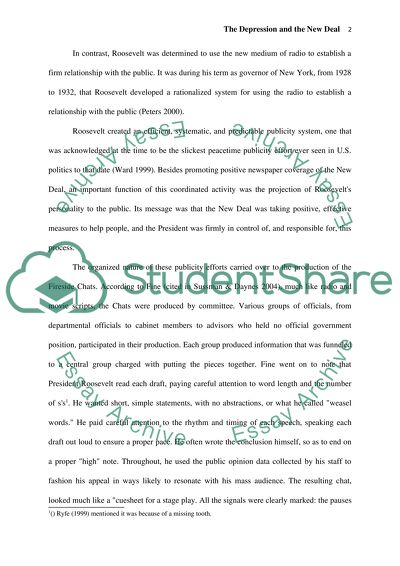Cite this document
(The Depression and the New Deal Essay Example | Topics and Well Written Essays - 3000 words, n.d.)
The Depression and the New Deal Essay Example | Topics and Well Written Essays - 3000 words. https://studentshare.org/history/1514224-the-depression-and-the-new-deal
The Depression and the New Deal Essay Example | Topics and Well Written Essays - 3000 words. https://studentshare.org/history/1514224-the-depression-and-the-new-deal
(The Depression and the New Deal Essay Example | Topics and Well Written Essays - 3000 Words)
The Depression and the New Deal Essay Example | Topics and Well Written Essays - 3000 Words. https://studentshare.org/history/1514224-the-depression-and-the-new-deal.
The Depression and the New Deal Essay Example | Topics and Well Written Essays - 3000 Words. https://studentshare.org/history/1514224-the-depression-and-the-new-deal.
“The Depression and the New Deal Essay Example | Topics and Well Written Essays - 3000 Words”. https://studentshare.org/history/1514224-the-depression-and-the-new-deal.


